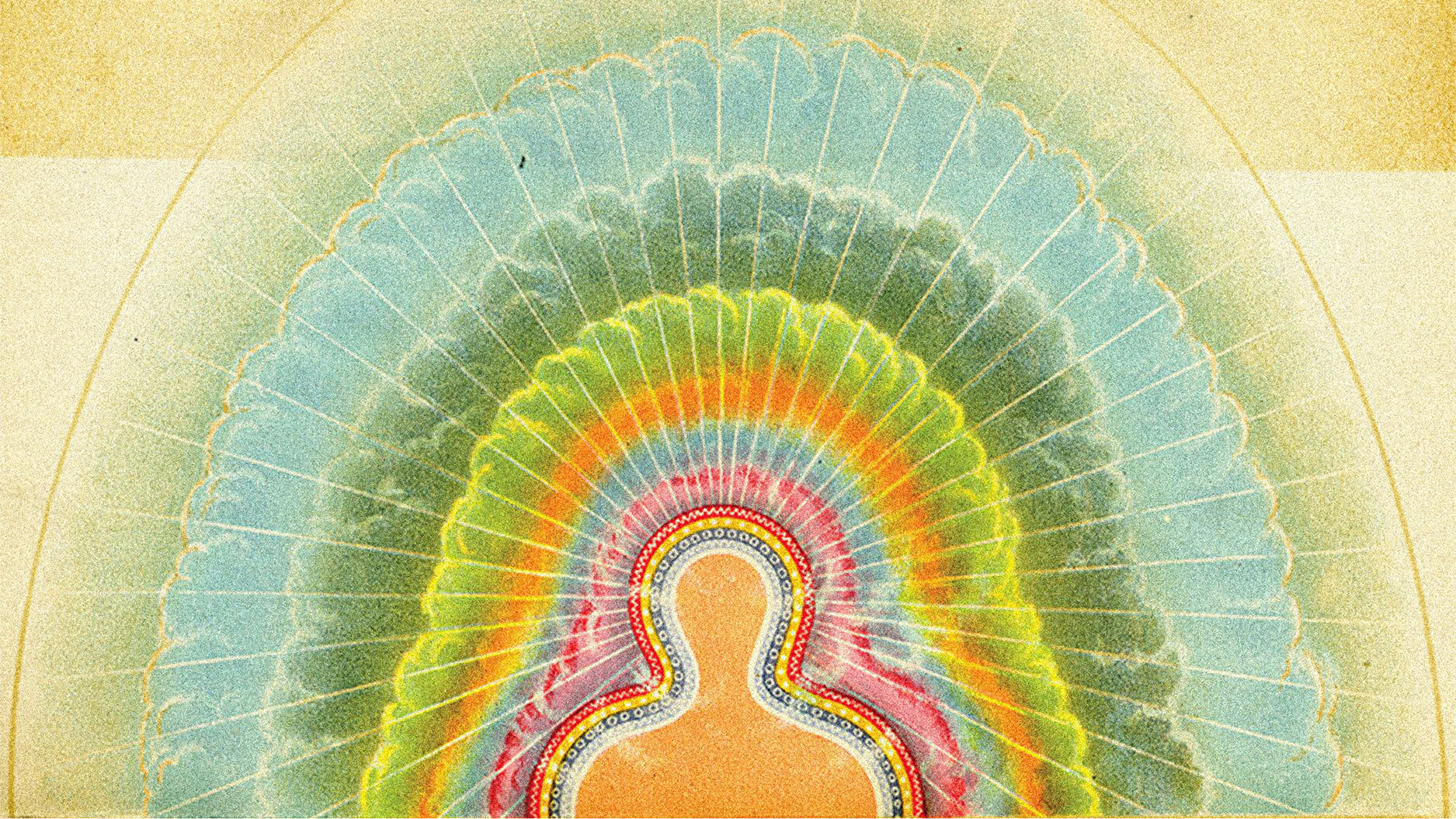Easterners Cope with Death Better than Westerners

What’s the Latest Development?
Harvard researchers have found that people with different cultural backgrounds, broadly divided into Eastern and Western traditions, respond differently to reminders of their own mortality. According to a recent study, Westerners tend to embrace identity-affirming activities when prompted to think of death, such as ‘meditation and prayer’ and ‘engaging in a debate,’ while Easterners preferred to engage in enjoyable daily-life activities including reading a novel and watching a movie. Reminders of death also seemed to pique Easterners’ sense of humor, allowing them to more fully enjoy jokes and anecdotes.
What’s the Big Idea?
When it comes to understanding concepts like good, bad, life and death, researchers believe that broad philosophical traditions inform different cultures differently, and that those differences affect our behavior and emotional well-being. In the East, individuals are taught that life and death form equal parts of the same system, whereas Westerners come to regard nonexistence with fear and dread. The Harvard researchers behind the latest experiment say their conclusions provide ‘additional support for terror management theory’s basic premise that humans have evolved psychological mechanisms to cope with the otherwise paralyzing fear of death.’
Photo credit: Shutterstock.com





